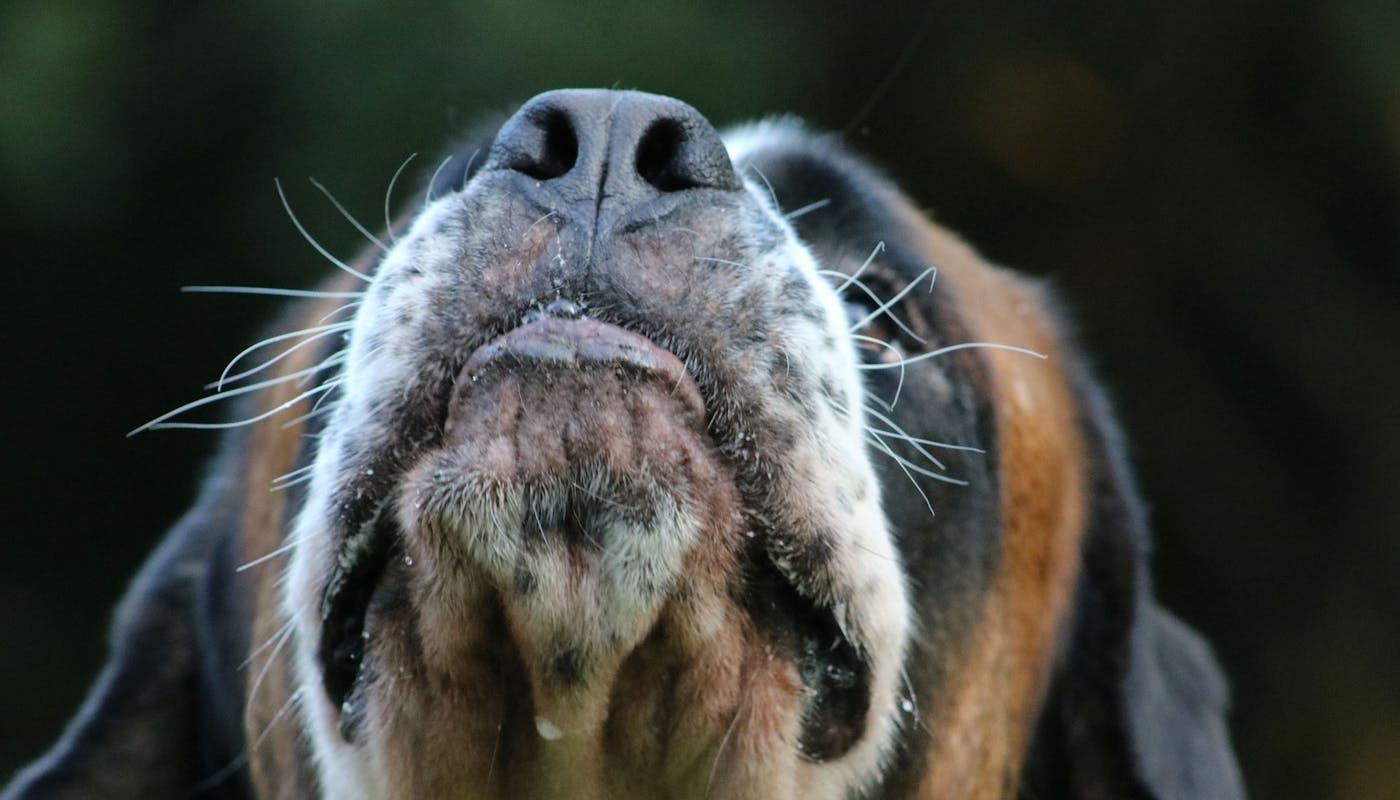Why Do Dogs Have Whiskers?
So we all know what whiskers are - those long thick hairs sticking out of your dog's head. But they’re usually associated more with cats than dogs so are they the same? After all, if something’s pretty special, it’s referred to as the cat’s whiskers, not the dogs!
Most cat people know that cats have whiskers to help them know whether or not they will fit into tight gaps, but what, exactly, is the purpose of whiskers on a dog?
No matter which breed of dog you have, your four-legged friend will have whiskers. Many dogs are born with them, although some will develop their whiskers shortly after birth. In most cases, your dog will have them before they can even open their eyes.
The exact placement may vary depending on breed, although they will all be located around your dog's face. They’ll be noticeable throughout their life. Some may fall out or break over time although they will usually grow back.
What Do Whiskers Do?
The stiff, bristle-like vibrissae hairs which grow out of a dog’s muzzle, chin, cheeks, and above the eyes are more commonly referred to as whiskers. Unlike other hair on the body, there is a concentration of nerves and blood vessels around the follicle of the whisker which makes it much more sensitive to touch and motion. This means that whiskers are uniquely designed to help a dog understand their surroundings. Whiskers also offer the ability to display body language information to other dogs.
Environment
When it comes to understanding their environment, there is no doubt that dogs have a much better set of senses to do this with than we do. With better eyesight, smell, and hearing than humans, they can see and hear things long before we’re able to. Whiskers add to this skill set even further.
Whiskers help dogs to understand space and distance in relation to their environment, including when objects are moving around them. In a similar way to a cat, a dog can use their whiskers to identify whether they are likely to get stuck in a particular space, enabling them to choose the safest route around its environment. This skill is particularly useful when their other senses are more compromised - for example, at night time - as their whiskers will help a dog to navigate safely around obstacles.
The sensitivity of the whiskers can also help dogs instinctively understand how to react when bugs, dirt, and other particles are in the air. In a similar way to human eyelashes, particles coming into contact with whiskers will trigger a blink response in a dog.
Behavior
Dogs can signal their emotions in several ways, including with a complex system of body language signals. Learning how to read your dog's body language can help you understand how they are feeling.
Body language cues such as ear and tail placement make up a large part of this. Many of us will be familiar with common body language signals such as the tail between the legs or ears laid flat on the head - both of which can signal fear - but dogs can use their whiskers to signal their emotions as well. If your dog comes across another dog they feel uncomfortable with, its whiskers are likely to point in a more forward direction to signal this.
Should I Cut My Dog's Whiskers Off?
Some groomers, especially those operating in the show circuit, will cut a dog’s whiskers in an effort to create a more aesthetically pleasing look. However, it’s never a good idea to cut a dog's whiskers unless you are specifically advised to by your veterinarian.
Accidents happen, and occasionally a dog will have its whiskers trimmed by an overzealous child or well-meaning owner. While cutting the whiskers doesn't physically hurt a dog, it can cause other issues.
Cutting off a dog's whiskers can significantly affect its ability to safely navigate throughout its environment; increasing the chance of injuries and accidents occurring. Not only will your dog struggle to fully understand their environment, but it will also have a reduced ability to signal to other dogs when they are feeling uncomfortable and anxious with subtle body language cues.
For a happy, comfortable, and confident dog, it is best to leave its whiskers the way they are.
